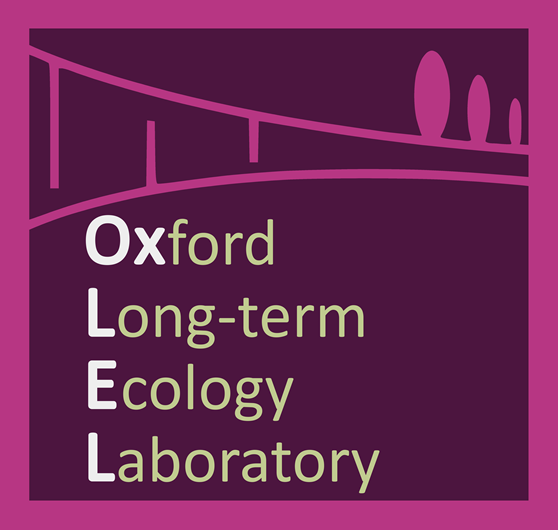The Central American Isthmus: Ecological Dynamics of the Middle-Late Holocene
Description
An ever-increasing demand for agriculture while conserving biodiversity, maintaining livelihoods, and providing critical ecosystem services is one of the largest challenges for tropical land management across the Central American Isthmus today. Climatic and anthropogenic drivers currently provide the largest threats to changes in the vegetation cover and composition for this region therefore understanding the dynamics of these systems, their variability across space and through time is important for discerning current and future responses.
I utilised a number of palaeoecological proxies (fossil pollen, macroscopic charcoal, microscopic charcoal, Sporormiella, and diatoms) extracted from lake sediment cores, to explore the past drivers of vegetation dynamics across the Central American Isthmus with a focus on two of the most threatened forest biomes: (i) the mixed coniferous forests of upland Guatemala; and (ii) the dry broadleaf forests of lowland Nicaragua. I explored the role of fire and Pre-Columbian civilization in the mixed coniferous forests of upland Guatemala spanning the last 6000 years., followed by the impact of European contact from c.1500C.E. through to 2015C.E.; and in lowland Nicaragua I investigated the vulnerability and resilience of the dry tropical forests to known climatic and anthropogenic perturbations over the past c.1200-years.
My thesis demonstrates the state of knowledge for climate, burning, the spread of agrarian practices and the impacts these drivers have had upon the structure, composition and resilience of vegetation across space and through time. I found that while there were several homogeneous climatic shifts most changes in precipitation were spatially and temporally heterogeneous. Increases in burning from 10000 – 2000B.C.E. are largely associated with climate, particularly between 7000-4000B.C.E. The relationship between climate and fire decoupled between 3000 – 2500B.C.E. as humans increasingly impacted land use through agrarian practices and lime production. I present evidence for the anthropogenic use of fire as the dominant driver of structure and compositional change in the mixed pine-oak forests of Guatemala during the Pre-Columbian Era, while domestic bovid grazing and logging was found to have suppressed hard-wood forest taxa recovery and regeneration since European contact. In the dry tropical forests of Nicaragua climate appears to have driven local fire; however, regular disturbance to this vegetation type appears to have made it very resilient against both climatic and anthropogenic disturbance through time, both pre and post European contact.
My thesis provides new information on the past ecological responses of two Central American forest types to climatic and anthropogenic disturbances spanning the Middle to Late and Late Holocene 4000B.C.E. – 2015C.E. Changes to the structure and composition of these forests in the past represent a globally important and largely understudied region, for which my thesis offers fundamental insights into its ecology and history.
Project Details
People
Funders
Natural Environment Research Council (NERC)
Country
Nicaragua & Guatamala

 Dr. William J. Harvey
Dr. William J. Harvey Professor Katherine J. Willis
Professor Katherine J. Willis Dr. Sandra Nogué
Dr. Sandra Nogué